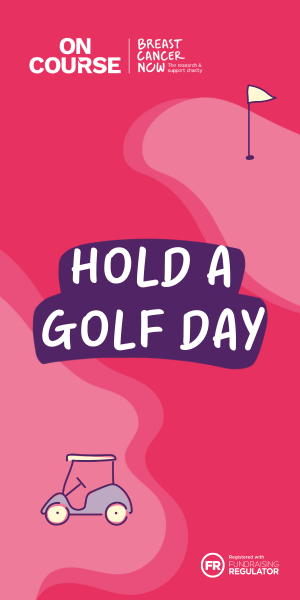The secret in driving the ball well is to develop a feeling of working from the ground upwards with a relaxed, stable, yet efficient body motion, creating effortless power rather than powerless effort.
Every golfer wants to step up to the tee oozing with confidence and then strike a long and accurate drive. The secret is developing a feeling of working from the ground upwards with a relaxed, stable, yet efficient body motion, creating effortless power rather than powerless effort.
Loft is your friend
Allow the sole of the club to sit as naturally on the ground as possible utilising its natural loft. With the correct angle of attack and loft you will create an ideal launch angle which in turn will create more distance.
Set-up
When taking your set-up position, place the ball towards the front half of your stance, ideally opposite the inside of your front foot. This will allow the club to reach the bottom of its swing arc, utilise its natural loft and create the correct angle of attack. To create the optimal ball flight and launch angle the ball should be struck on the upswing rather than having a steep angle of attack into the bottom of the ball.
Ground Control
All rotary athletes including the golfer work from the ground upwards, the legs, glutes and core are pivotal for not only balance but also power and stability. Imagine a wave of energy working from the feet, to the core, up through the arms and into the club. Every successful golfer may have a different style but each has the same efficient body sequence, whereby they transfer energy at the start of their downswing from their hips/pelvis to their shoulders, arms and finally club. Imagine playing golf on ice where your legs become unstable, your upper body would simply be playing catch up and doing whatever it could to keep itself balanced.
Maintain the width in your knees during set-up to create a solid foundation and power source with your feet approximately shoulder width apart. From the correct set-up a straight line is formed from your right foot, knee and hip (for right-handed golfers) during your backswing (see below).
Remember the hips need only turn approximately half the amount of the shoulders, excessive movement in the backswing, by tilting, sliding or over rotating reduces the stability in the lower body and resistance between upper and lower body.
Visit: www.nickylawrensongolf.com

















